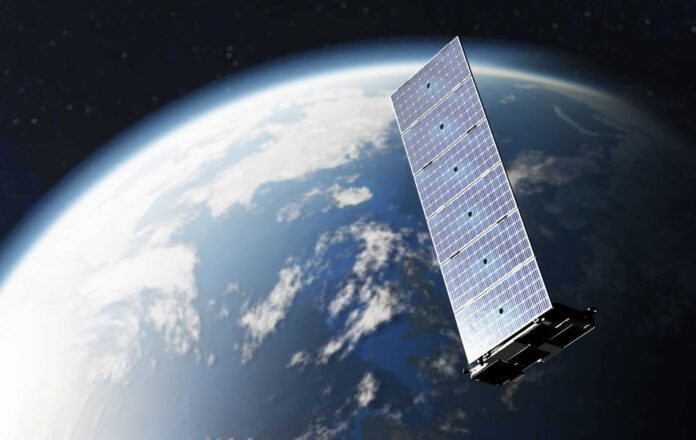
Environmental Impact of Short-lived Satellites
After a short lifespan of five years, satellites fall back to Earth and burn up in the atmosphere, causing significant damage to the protective ozone layer due to the release of small aluminum oxide particles.
The space around our planet is already congested, and it is expected to become even busier in the coming years. Thousands of satellites are estimated to be launched to provide internet services. However, these satellites pose a serious threat to the recovery of the ozone hole.
Launching Thousands of Satellites
Currently, there are about 8,100 objects in low Earth orbit, with 6,000 of these being Starlink satellites launched in recent years. The demand for global internet coverage is driving the rapid increase in the number of small internet satellites being launched.
SpaceX plans to launch an additional 12,000 Starlink satellites, with the potential for up to 42,000 eventual satellites. Other companies, such as Amazon, also plan constellations of 3,000 to 13,000 satellites, which could have significant consequences.
Short Lifespan of Internet Satellites
Internet satellites typically have a lifespan of about five years, necessitating regular replacement to maintain service. However, the decommissioning of old satellites has repercussions. As they re-enter the atmosphere and burn up, they release small aluminum oxide particles, which are detrimental to the ozone layer that shields the Earth from harmful UV radiation.
Aluminum Oxide’s Impact on the Ozone Layer
Aluminum oxides foster chemical reactions that degrade the stratospheric ozone layer. They don’t directly react with ozone molecules but facilitate destructive reactions between ozone and chlorine, leading to ozone depletion. The persistent nature of these oxides means they can continue to destroy ozone molecules for decades while dispersing through the stratosphere.
Recent research has shown an eight-fold increase in the amount of these oxides from 2016 to 2022, with projections indicating continued growth due to the surge in satellite launches.
The Ozone Layer’s Recovery at Risk
The findings, published in the journal Geophysical Research Letters, are quite alarming. The Montreal Protocol of 1987 aimed to phase out the production of ozone-depleting substances, leading to a slow but promising recovery of the ozone hole, with expectations of a full recovery within fifty years. However, the unexpected rise in aluminum oxides now threatens this progress.
Alarmingly High Numbers
To date, pollution from falling and burning satellites has received little attention. The new study underscores the urgency of this issue. Researchers calculated that when a small 250-kilogram satellite disintegrates, it produces 30 kilograms of aluminum oxides, mostly in the mesosphere, 50 to 85 kilometers above the Earth’s surface. In 2022 alone, 17 metric tons of aluminum oxide nanoparticles were released due to falling satellites.
Projections suggest that if all planned satellite constellations become operational, some 360 metric tons of aluminum oxides could be released annually, marking a 646 percent increase compared to natural atmospheric levels.
Call to Action
This implies that internet satellites could significantly hinder the recovery of the fragile ozone layer. “Only in recent years have people begun to realize this could become a problem,” says researcher Joseph Wang. “We are among the first teams to explore the implications of these facts.” The consequences appear to be considerable, urging SpaceX and other companies planning to launch internet satellites to find ways to prevent further damage to the ozone layer.











